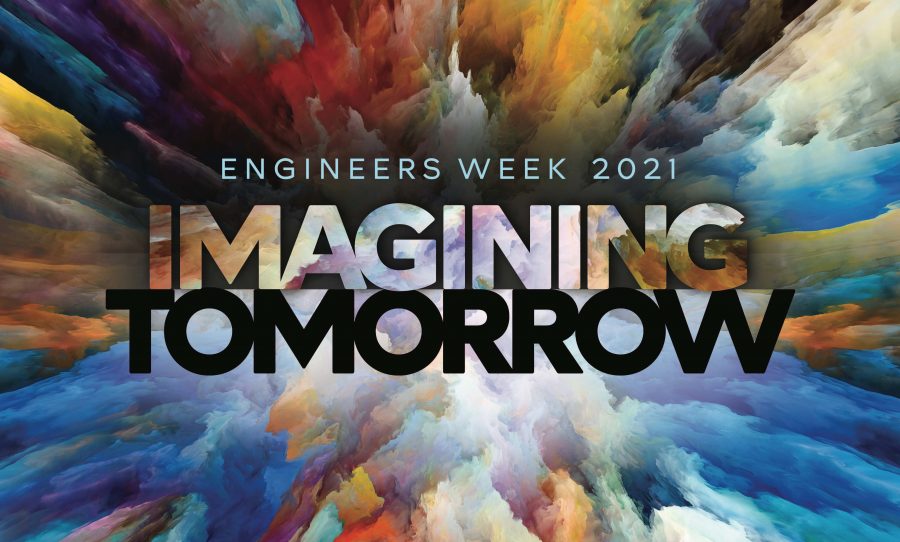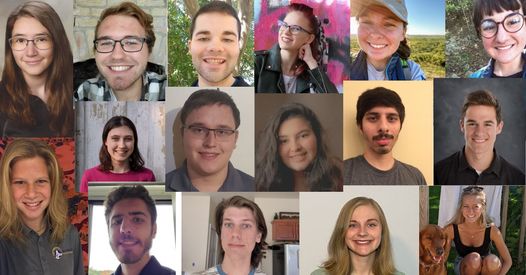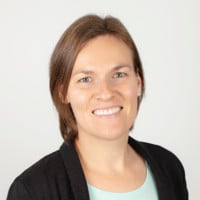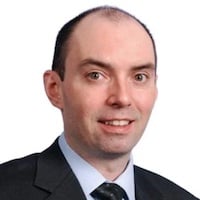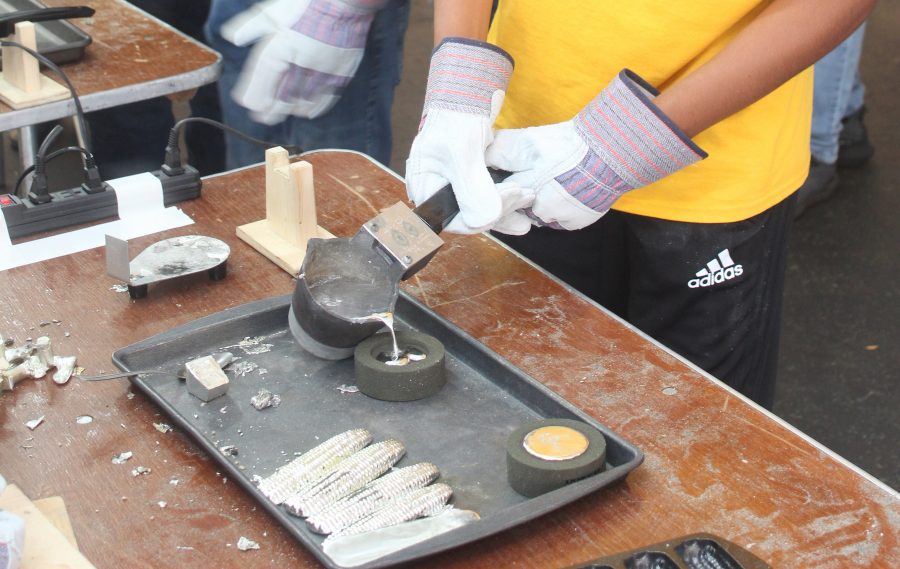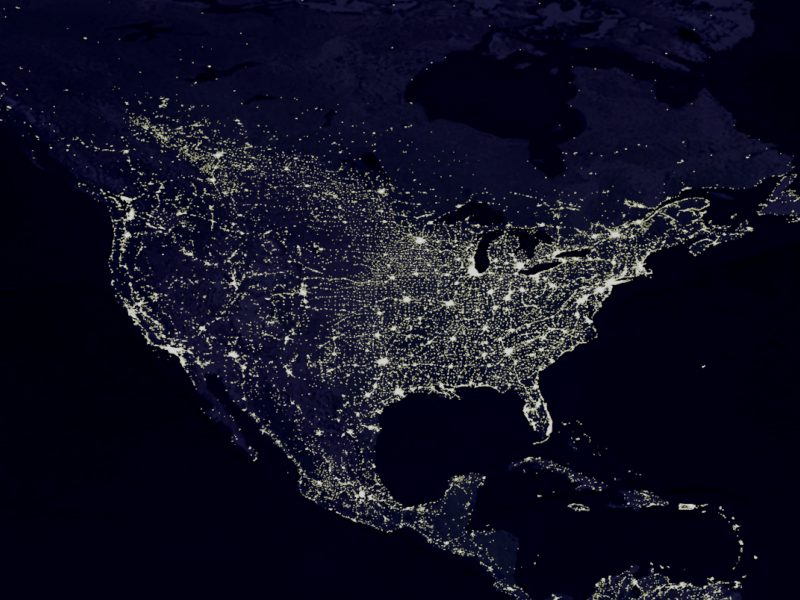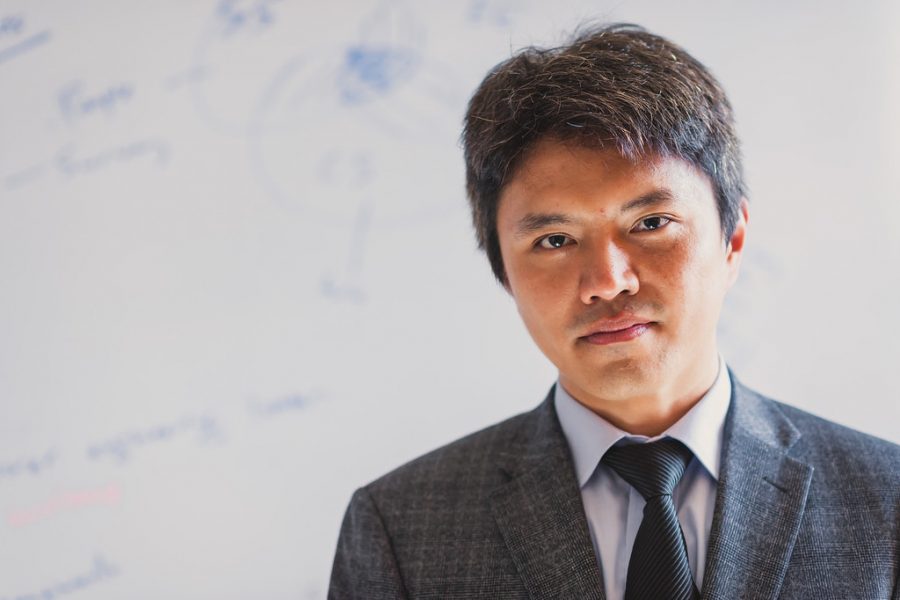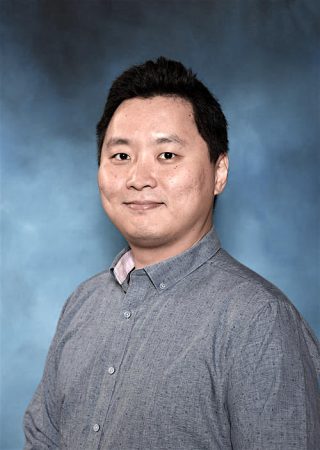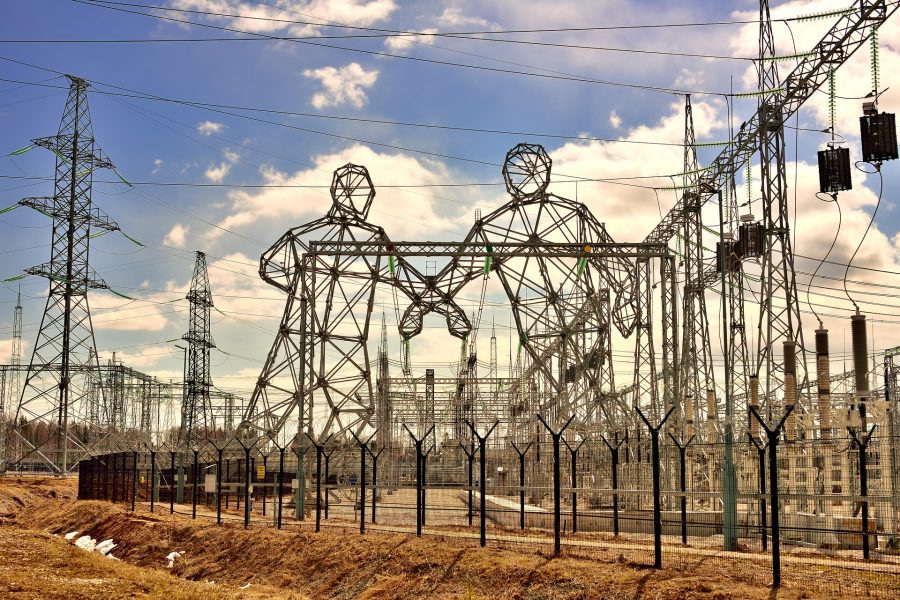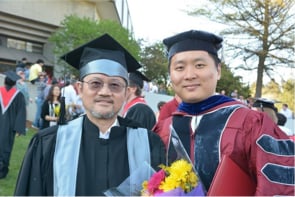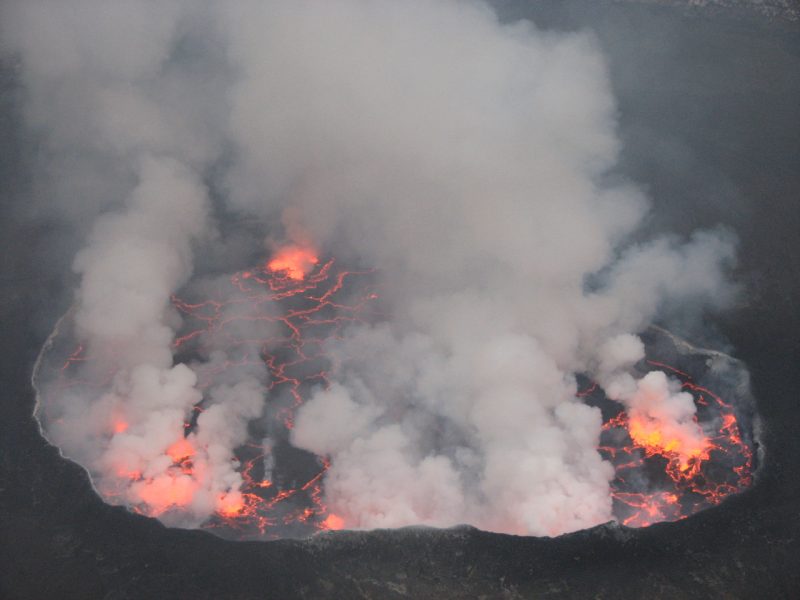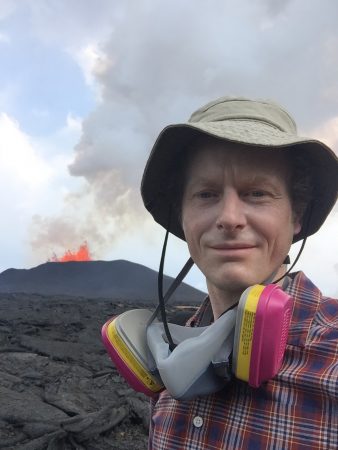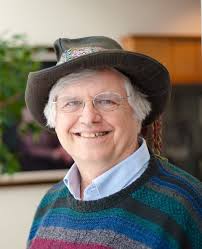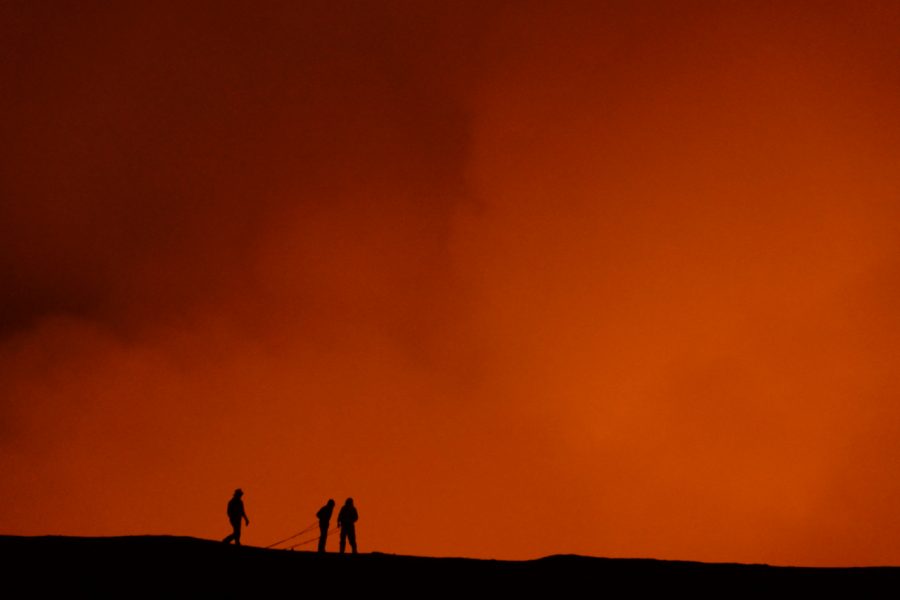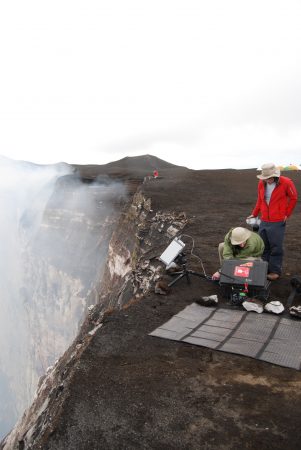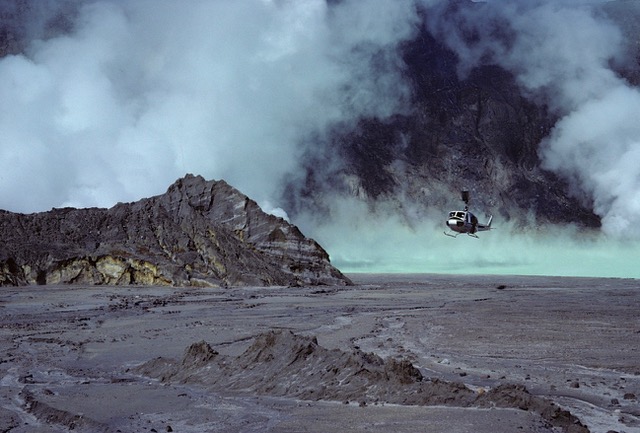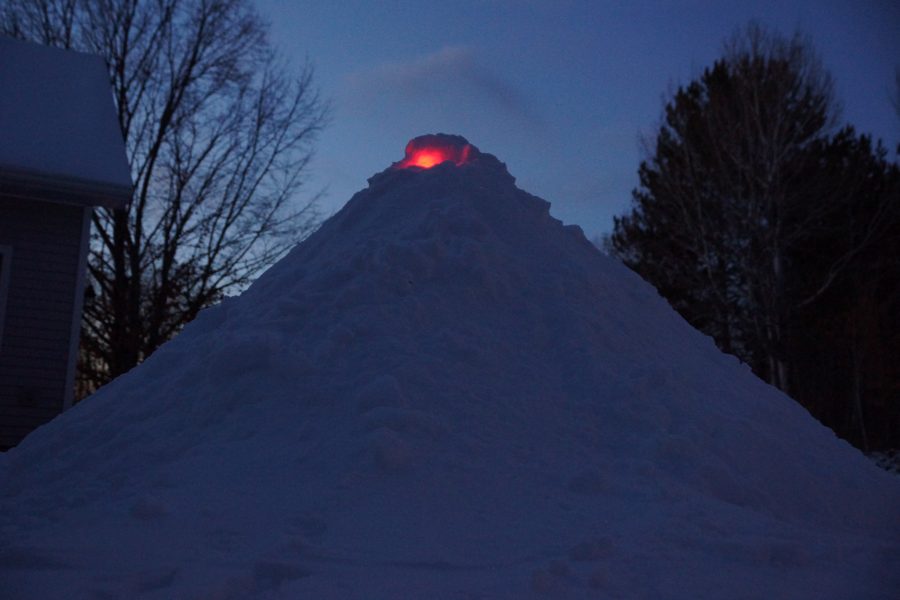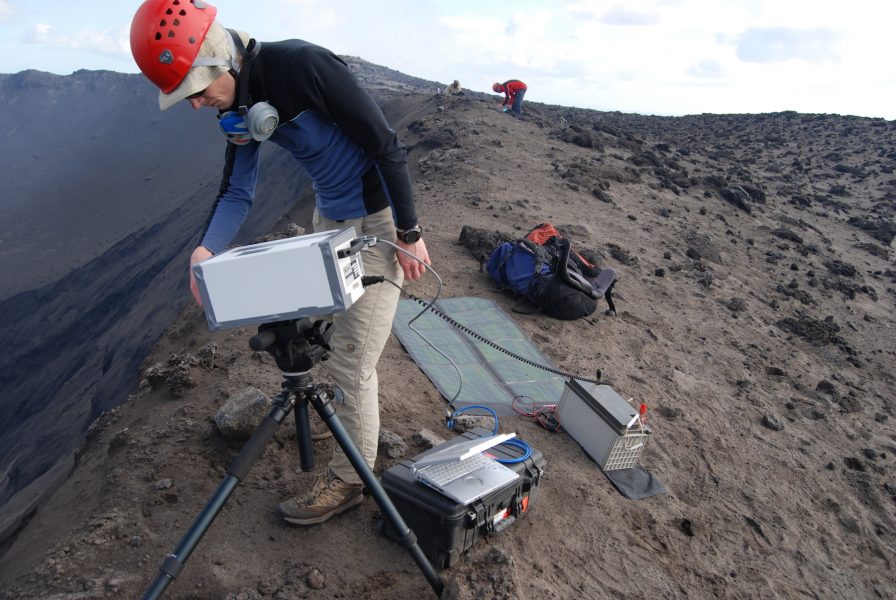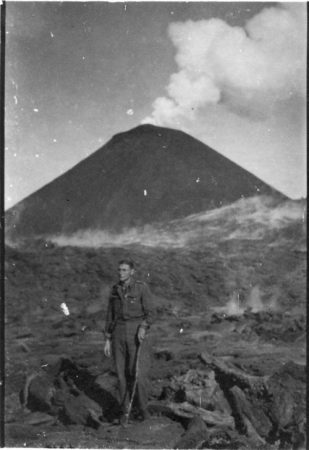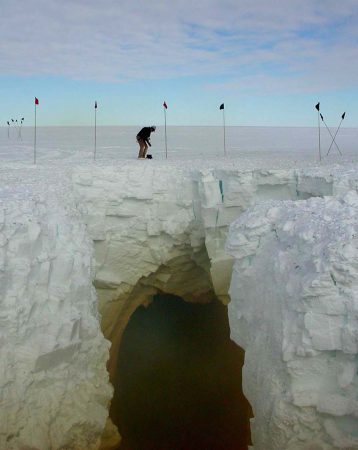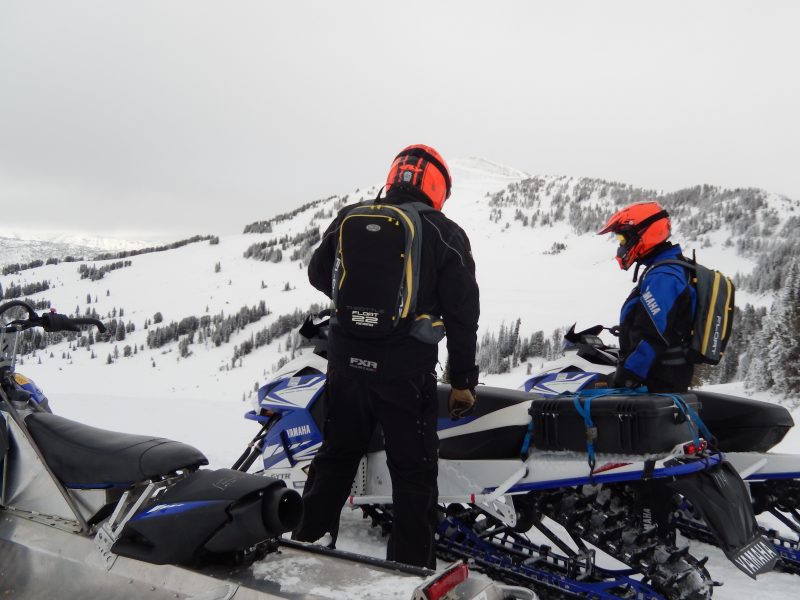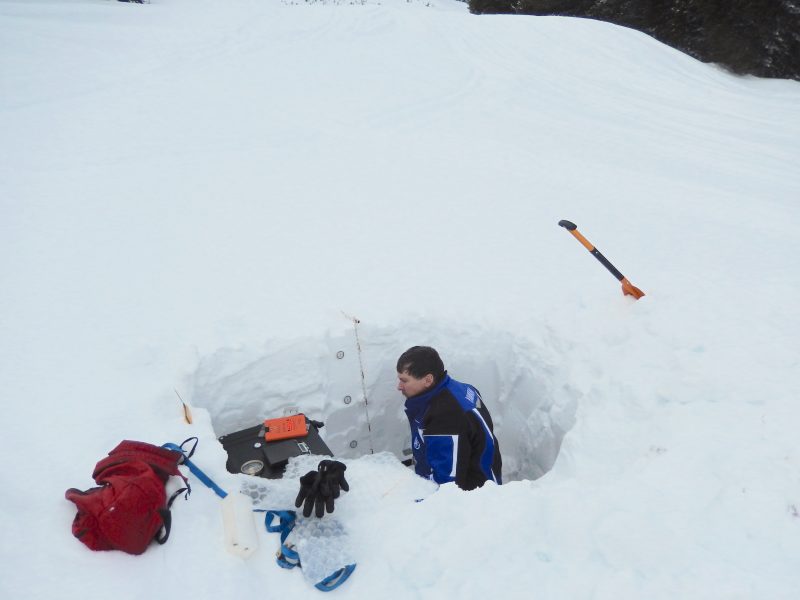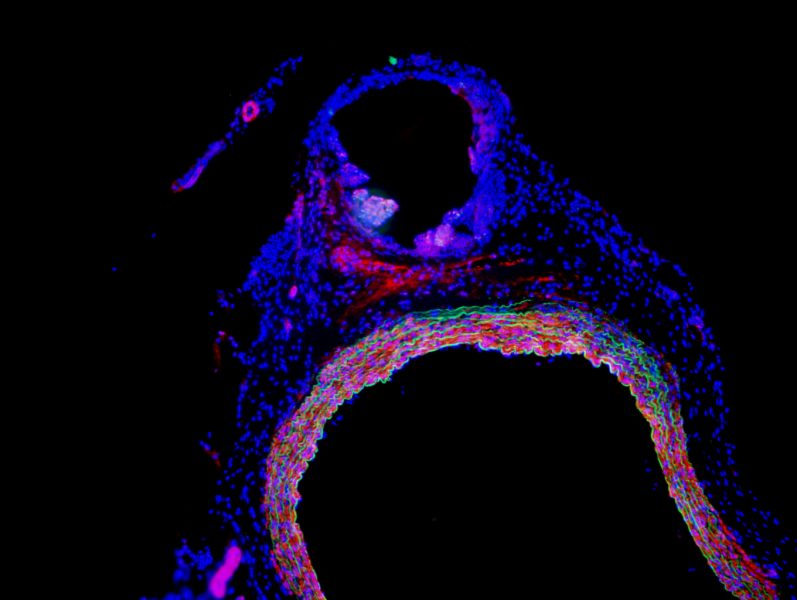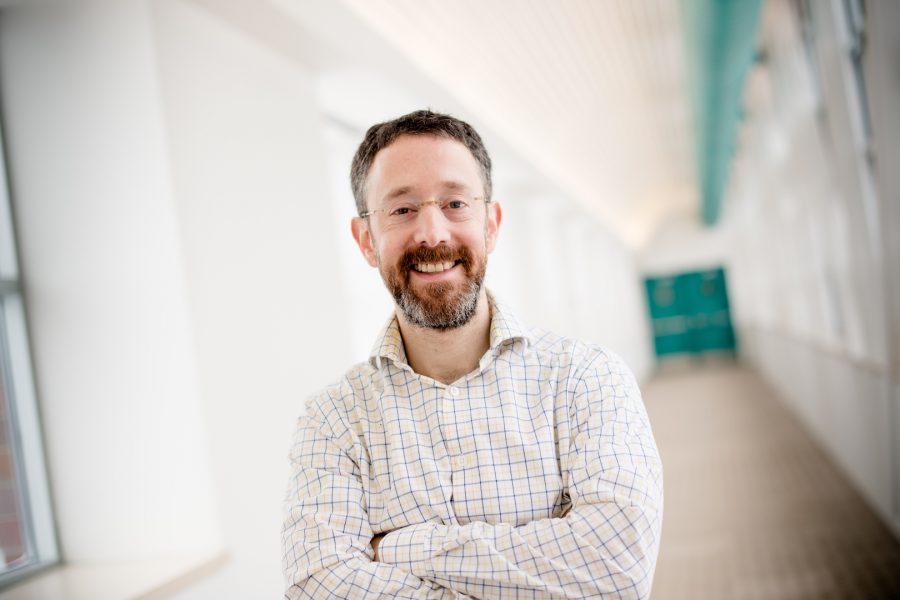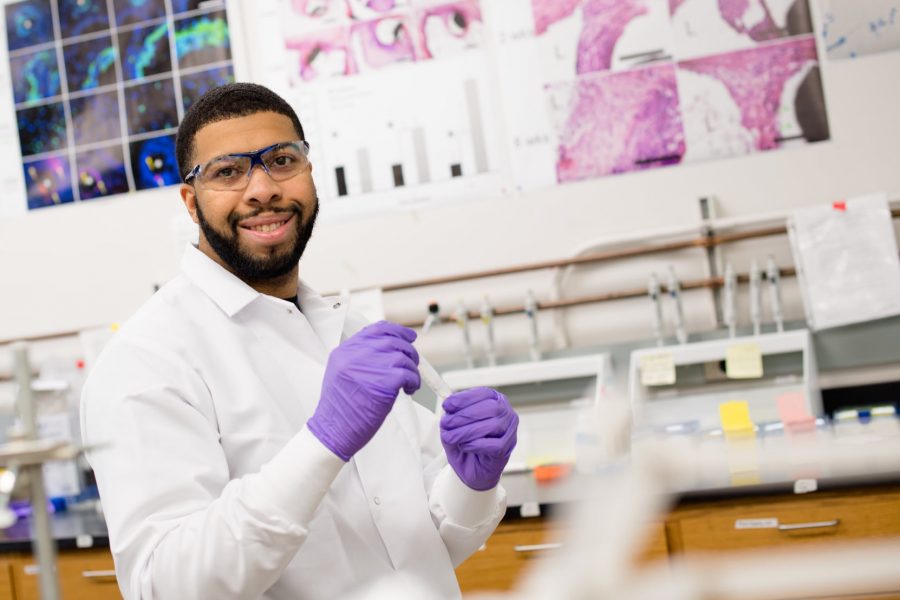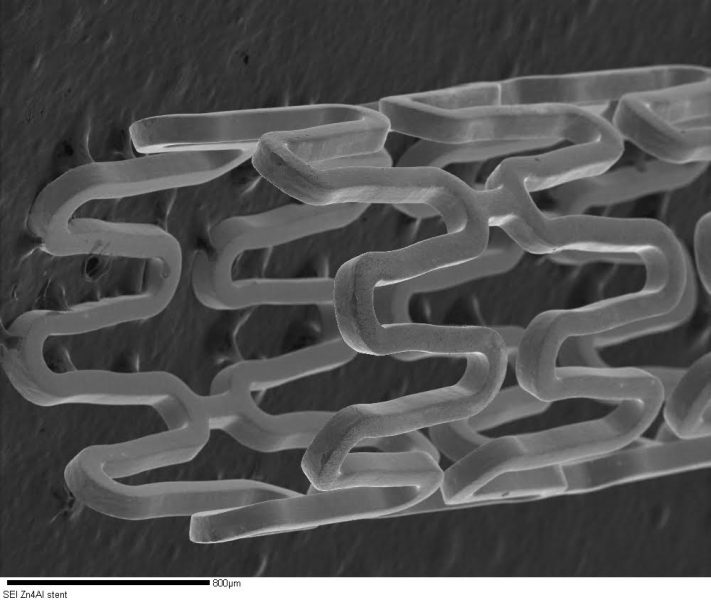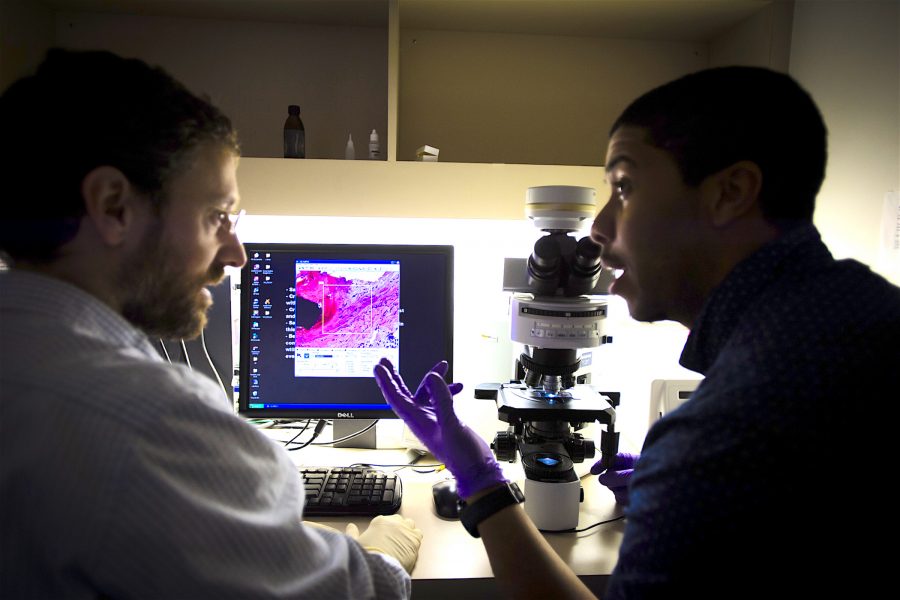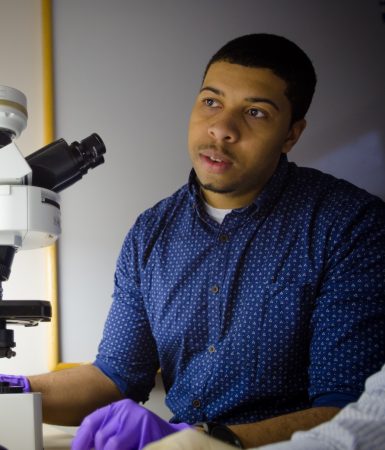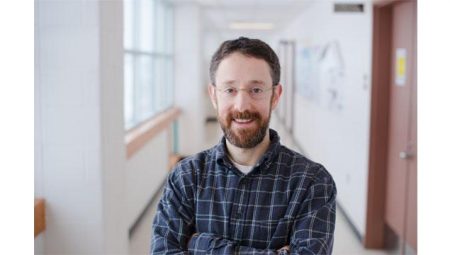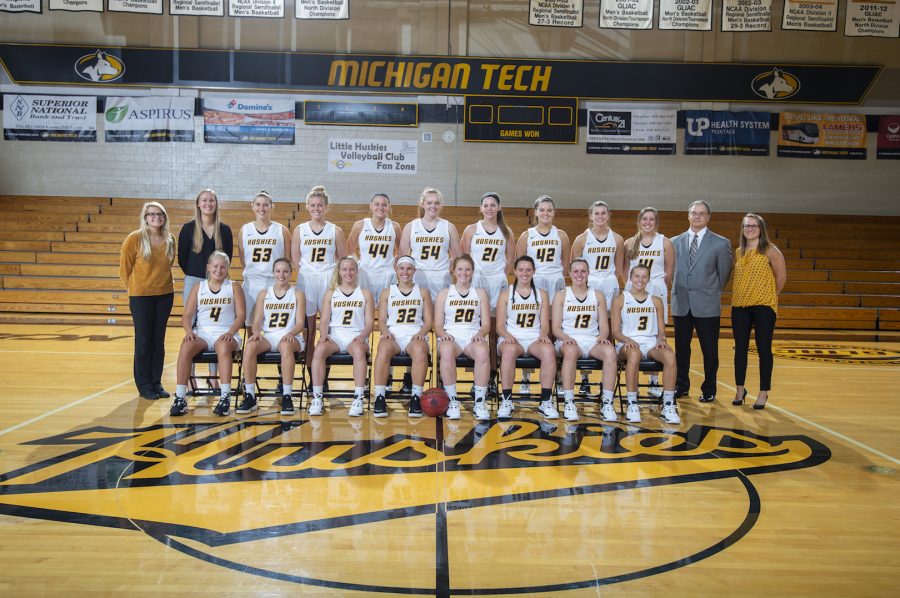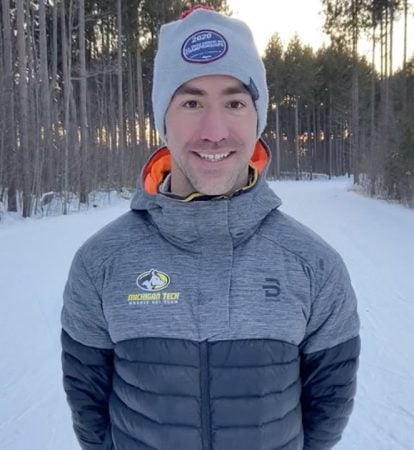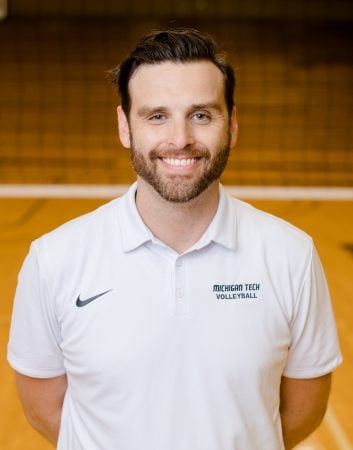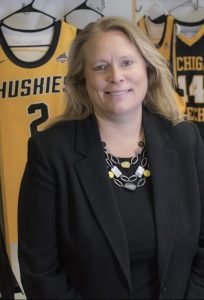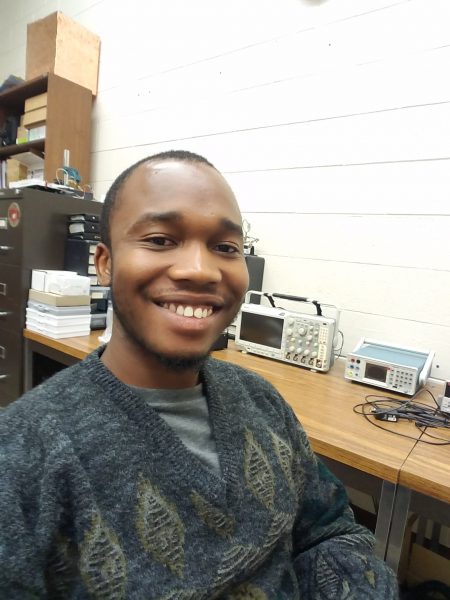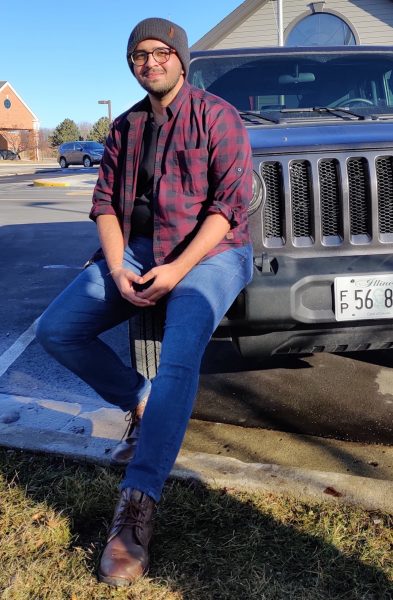
Eleven members of Michigan Technological University’s student chapter of the National Society of Black Engineers (NSBE) Pre-College Initiative (PCI) plan to present to EVERY science class at Chandler Park Academy in Detroit—a total of 74 classes and 1850 students—during their 10th Annual Alternative Spring Break in Detroit from March 8-10.
Their mission is twofold: encourage more students to go to college, and increase the diversity of those entering the STEM (Science, Technology, Engineering, Math) career pipeline.
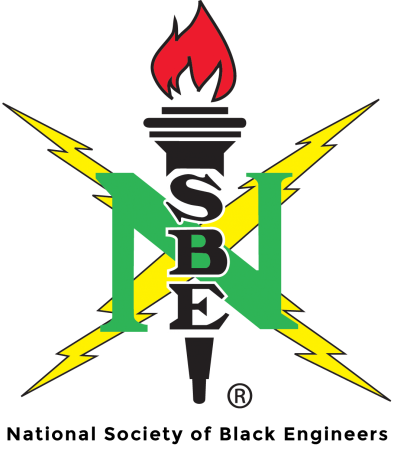
NSBE Pre-College Initiative 2021 Alternative Spring Break will be virtual this year.
The following NSBE students are participating:
Andi Smith – Chemical Engineering
Jasmine Ngene – Electrical Engineering
Jalen Vaughn – Computer Engineering
Kylynn Hodges – Computer Science
George Ochieze – Mechatronics
Catherine Rono- Biological Science
Christiana Strong – Biomedical Engineering
Trent Johnson – Computer Engineering
Meghan Tidwell – Civil Engineering
Oluwatoyin Areo – Chemical Engineering
Kazeem Kareem – Statistics
The NSBE classroom presentations are designed to engage and inspire diverse students to learn about and consider careers in engineering and science by interacting with role models from their home town (most of the participating NSBE students are from the Detroit area).
Their effort is designed to address our country’s need for an increased number and greater diversity of students skilled in STEM (math, science, technology, and engineering). This outreach is encouraged by the NSBE Professional Pre-College Initiative (PCI) program which supports and encourages K-12 participation in STEM.
At Michigan Tech, NSBE student chapter outreach is funded by General Motors and the Department of Civil & Environmental Engineering. Effort is coordinated by members of the NSBE student chapter, with assistance from Joan Chadde, director of the Michigan Tech Center for Science and Environmental Outreach.
High school students are informed of scholarships available to attend Michigan Tech’s Summer Youth Programs, as well high school STEM internship opportunities at Michigan Tech.
For more information about the Michigan Tech NSBE student chapter’s Alternative Spring Break, contact Joan Chadde, Director, Center for Science & Environmental Outreach, Michigan Technological University, email jchadde@mtu.edu or call 906-369-1121.
